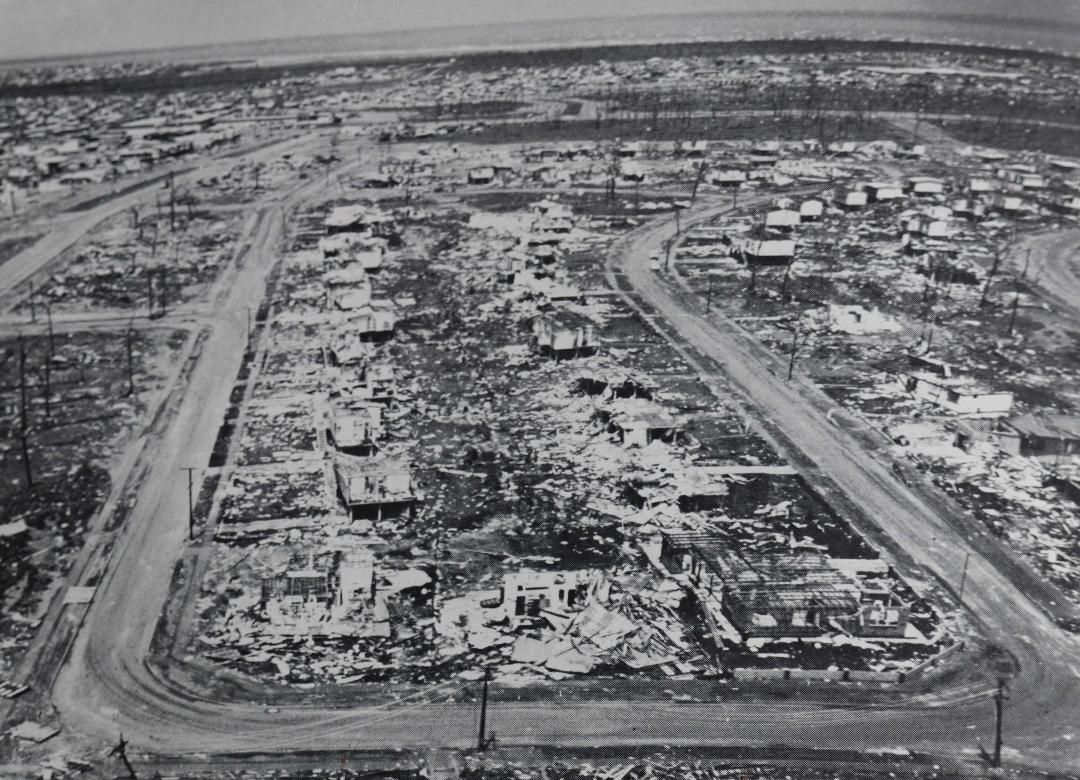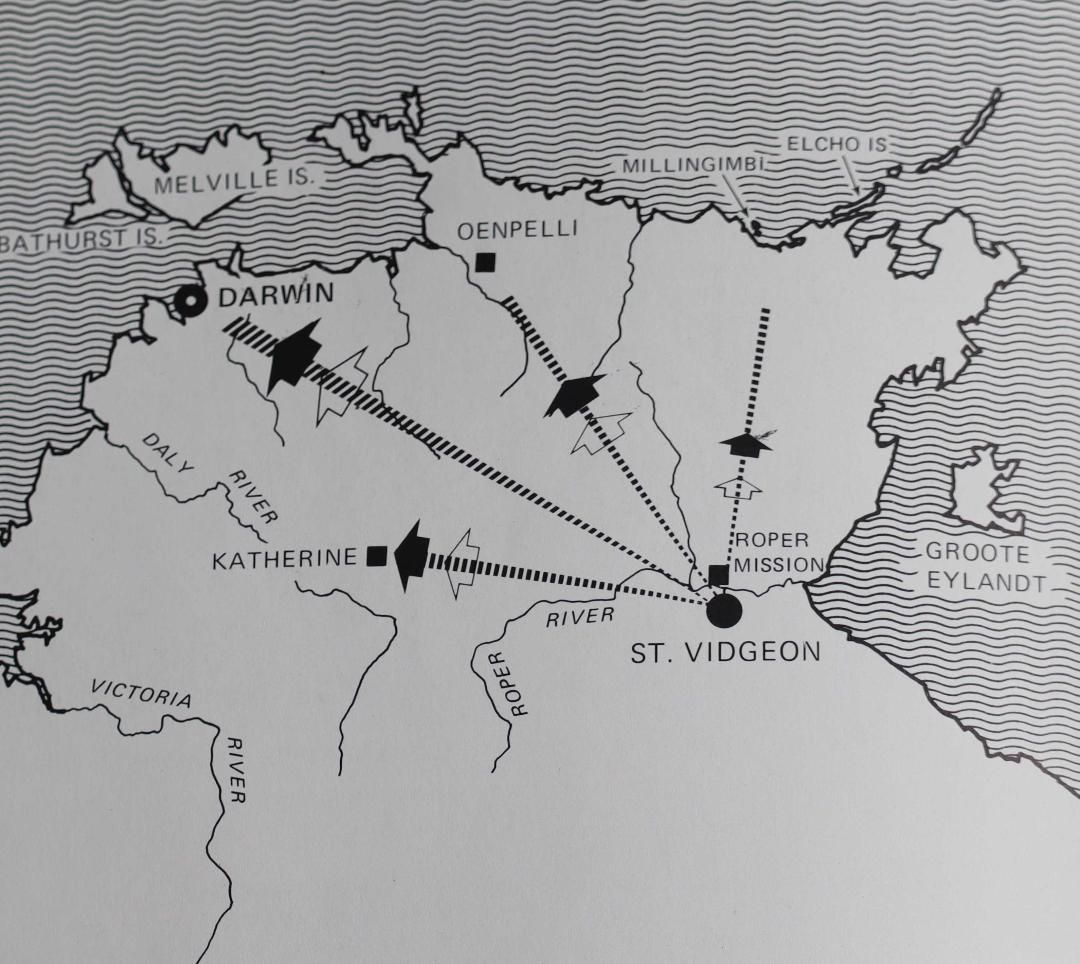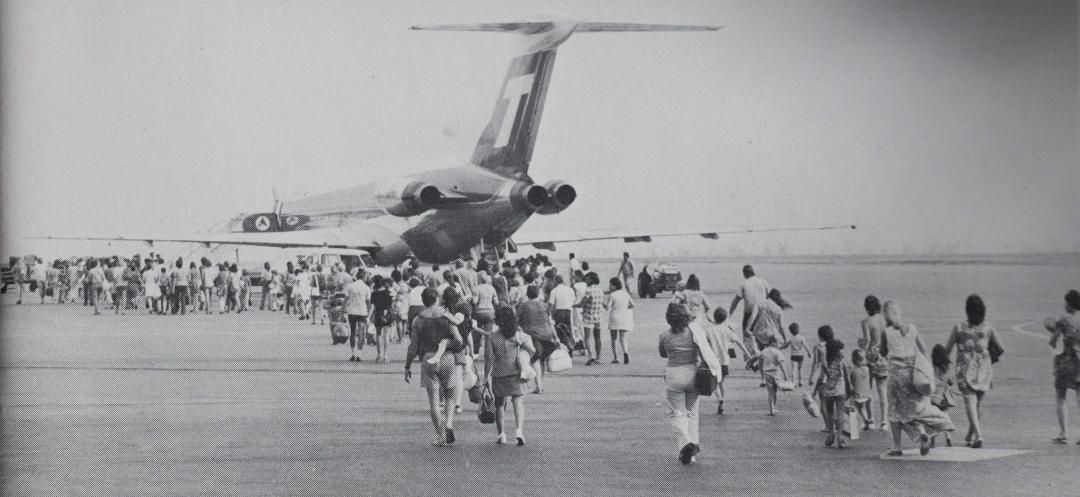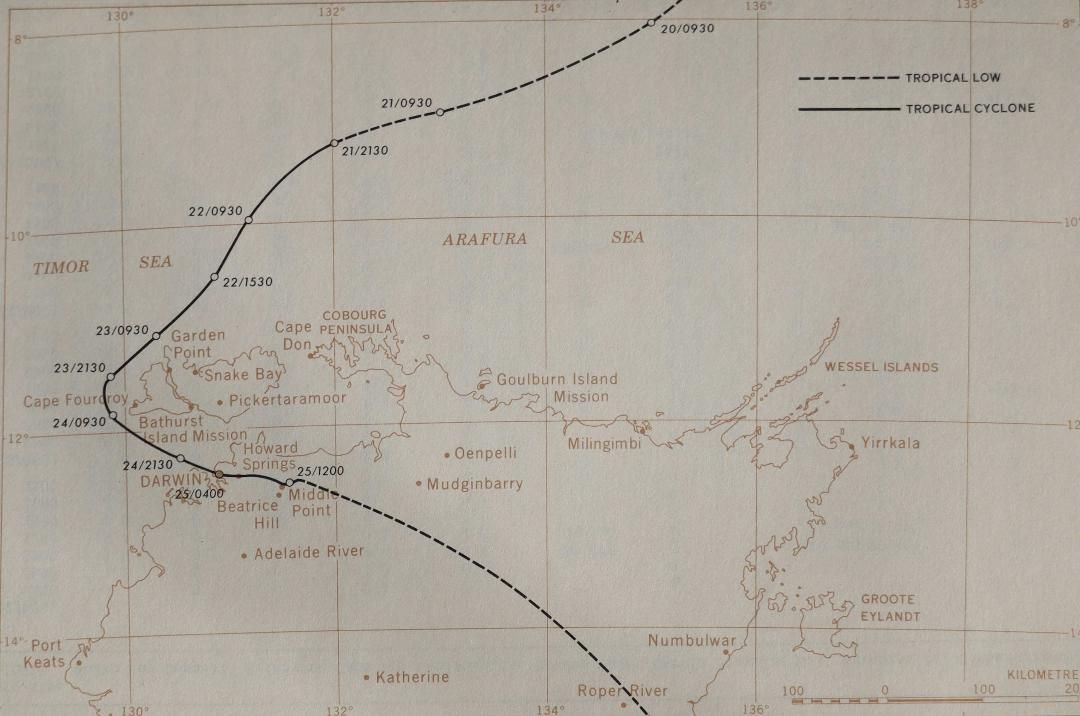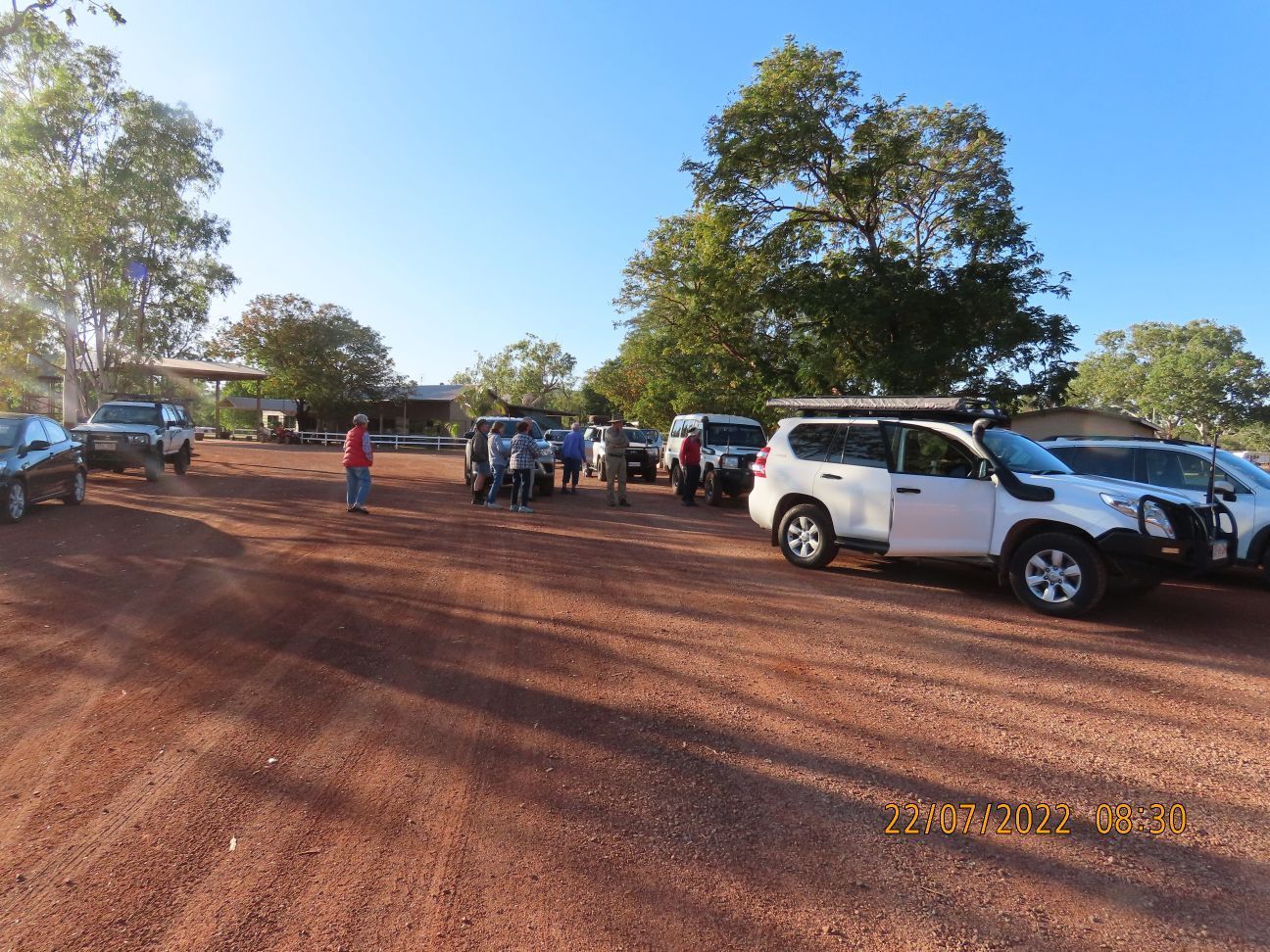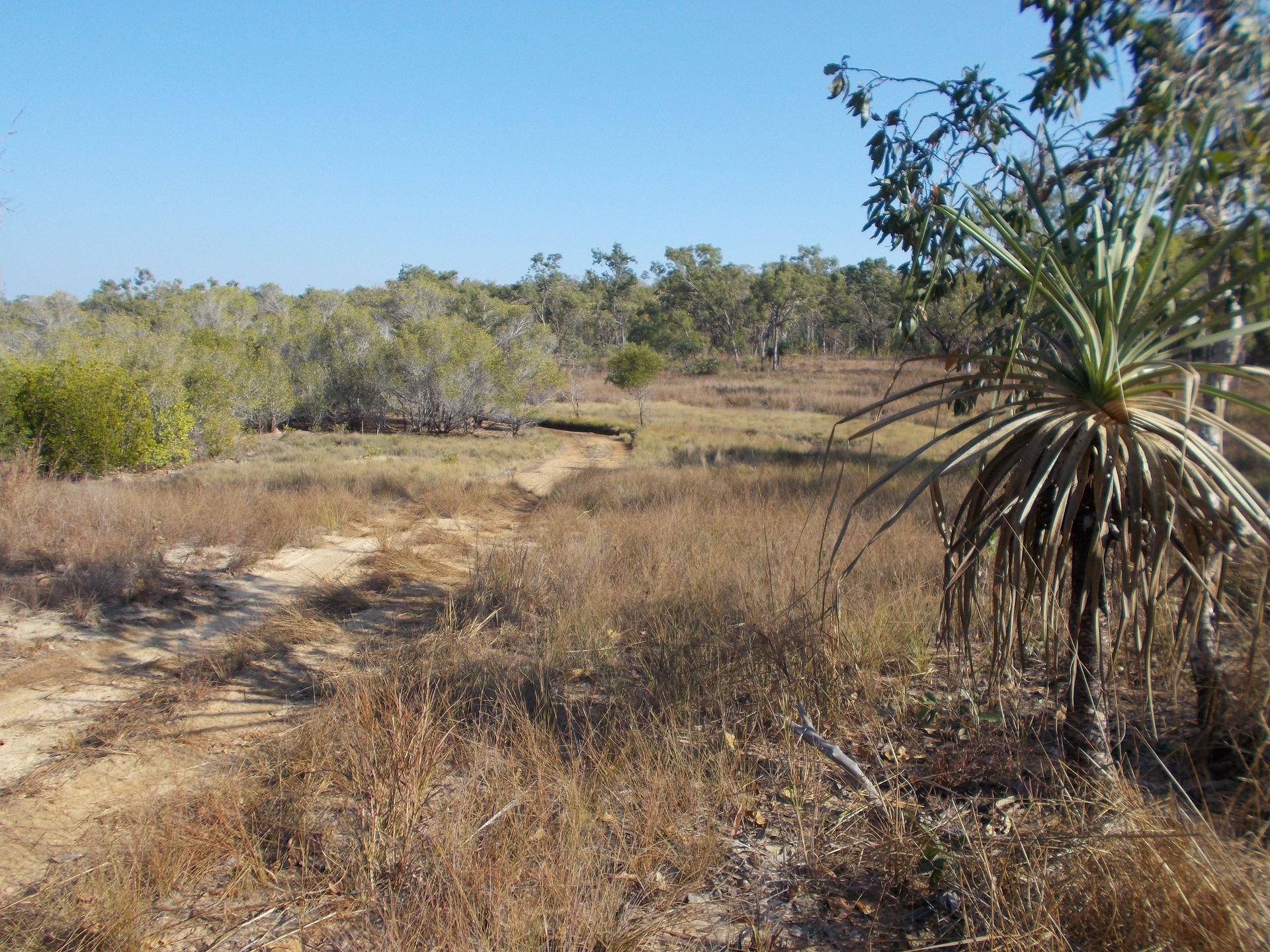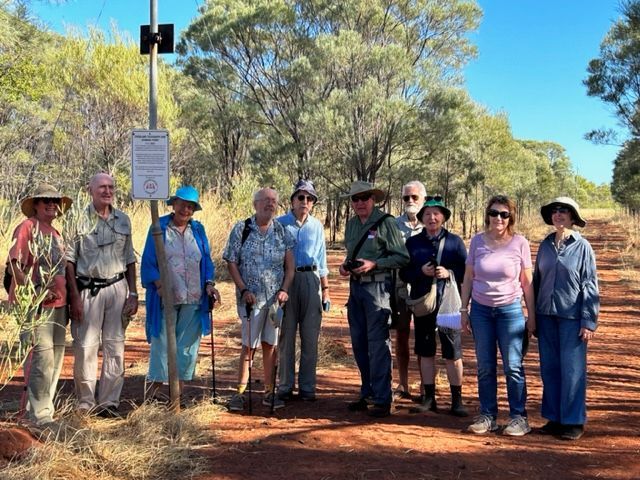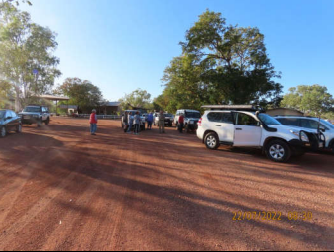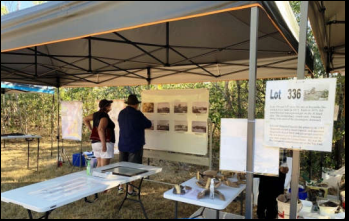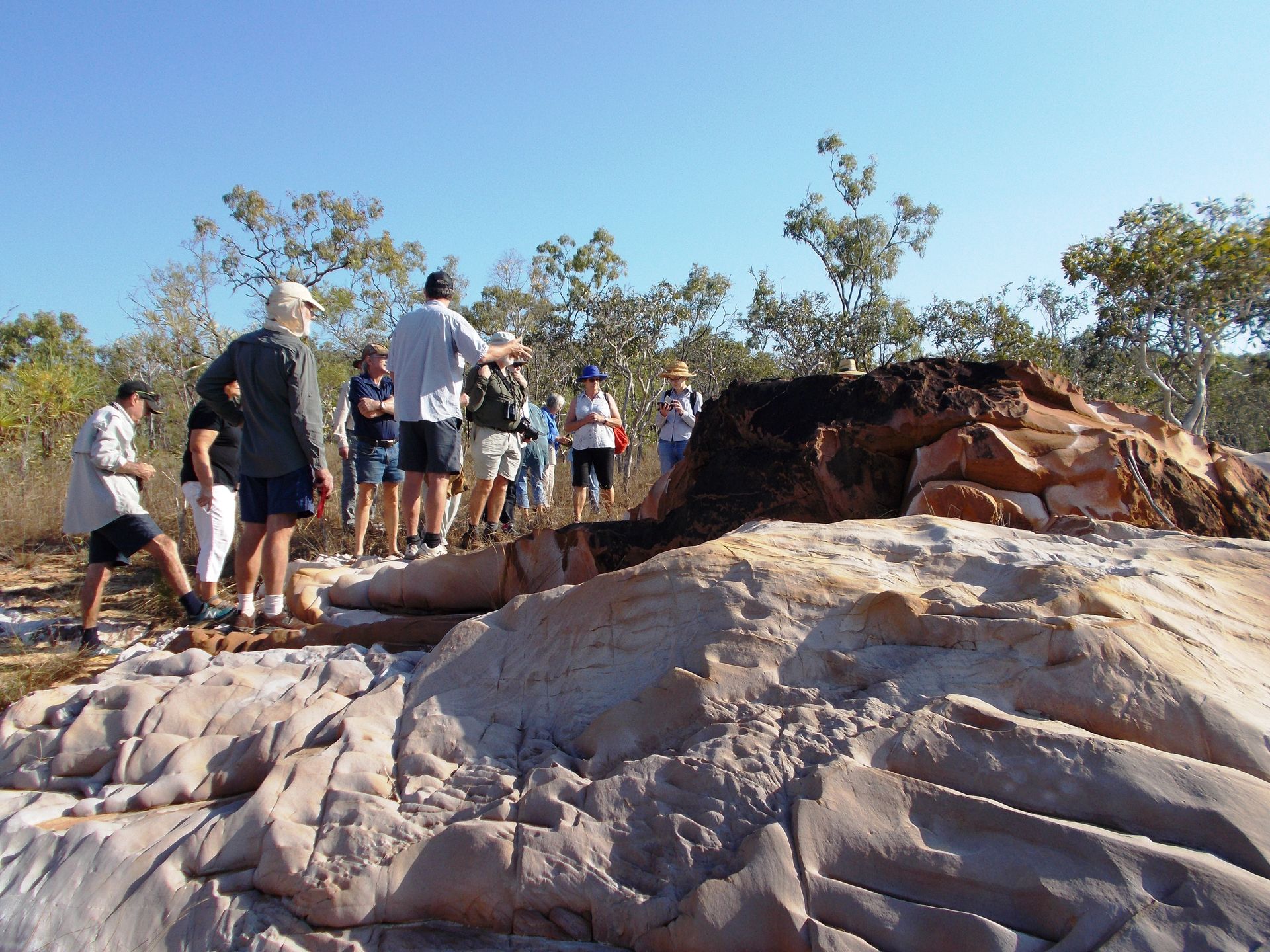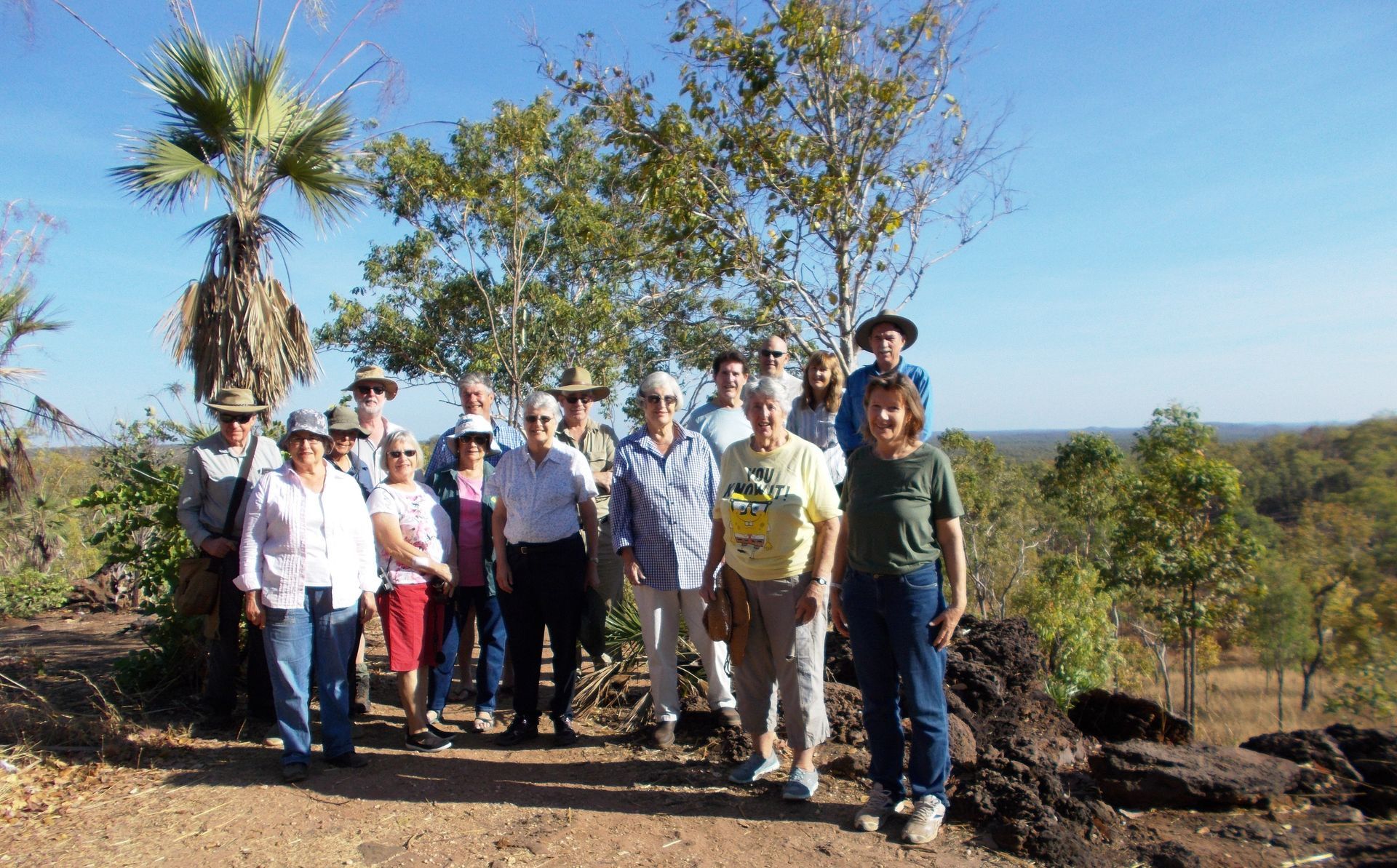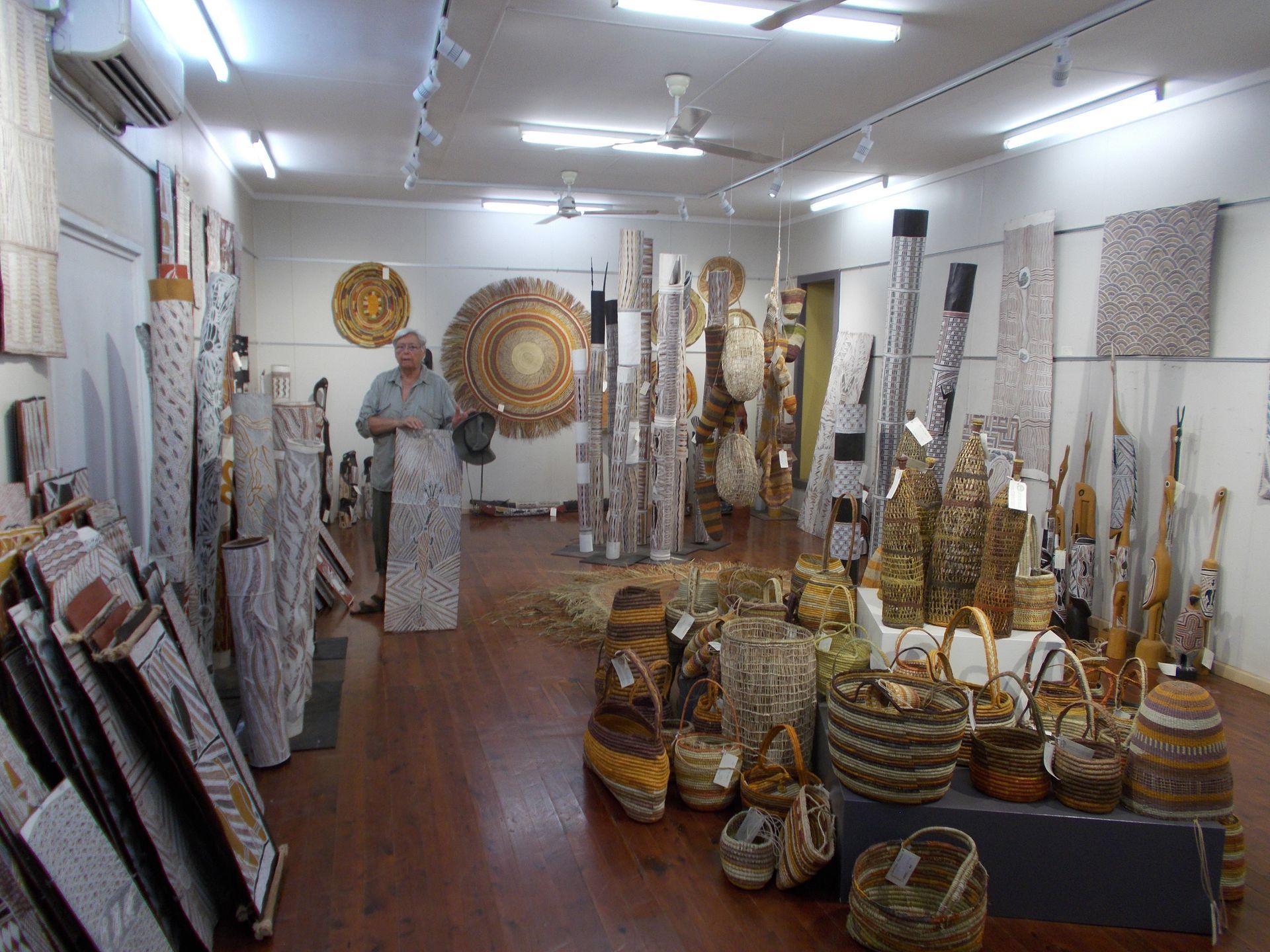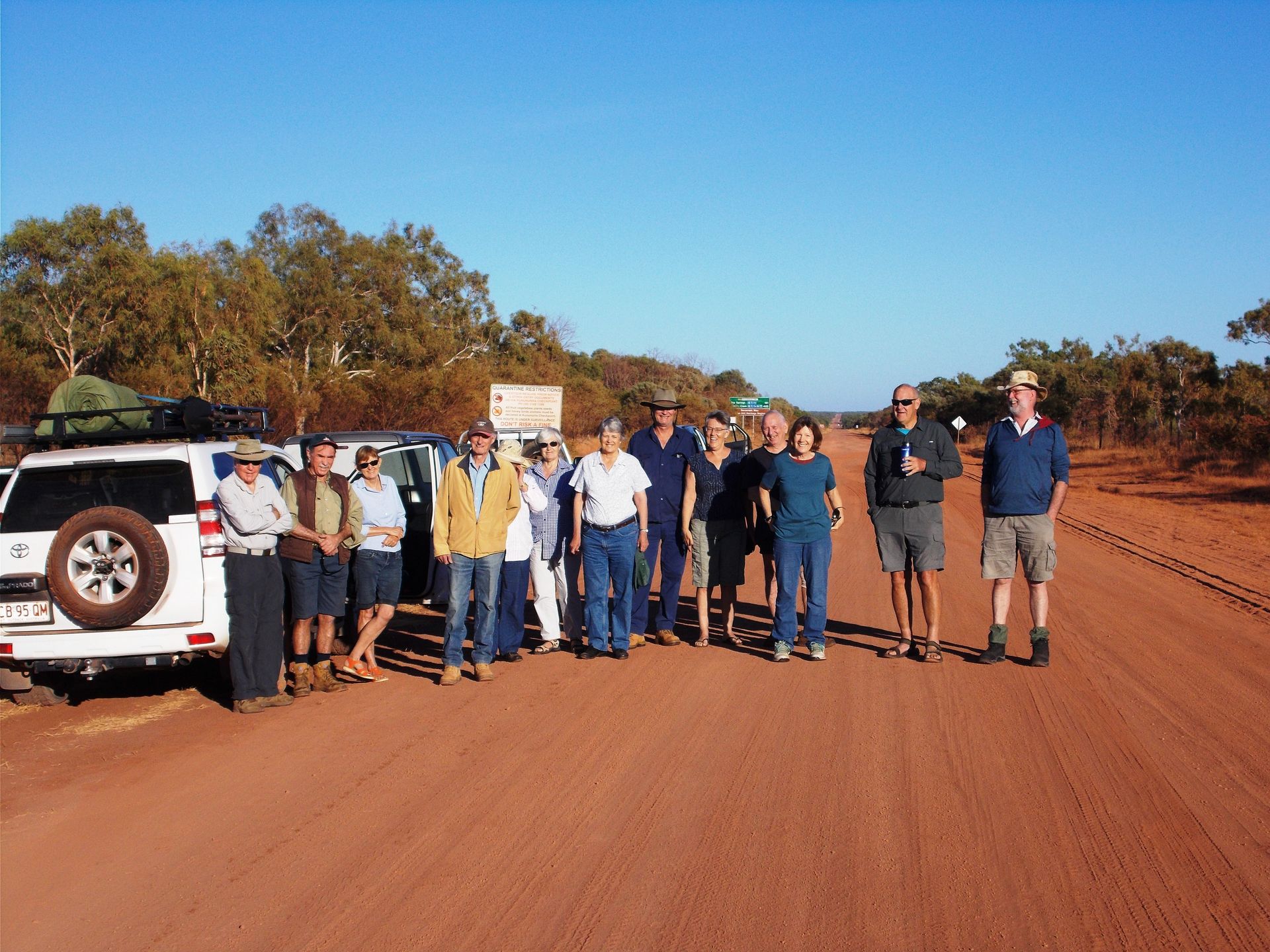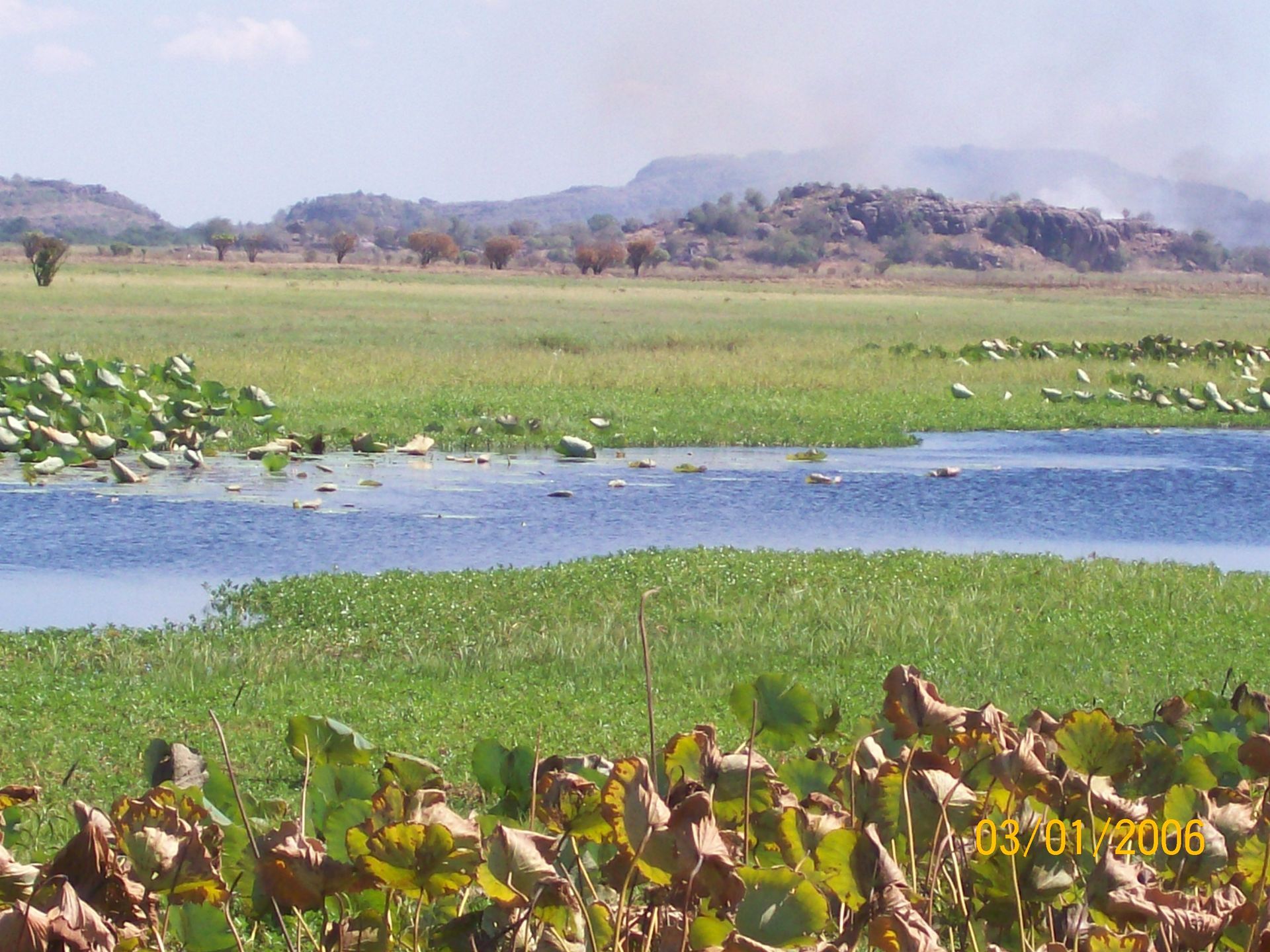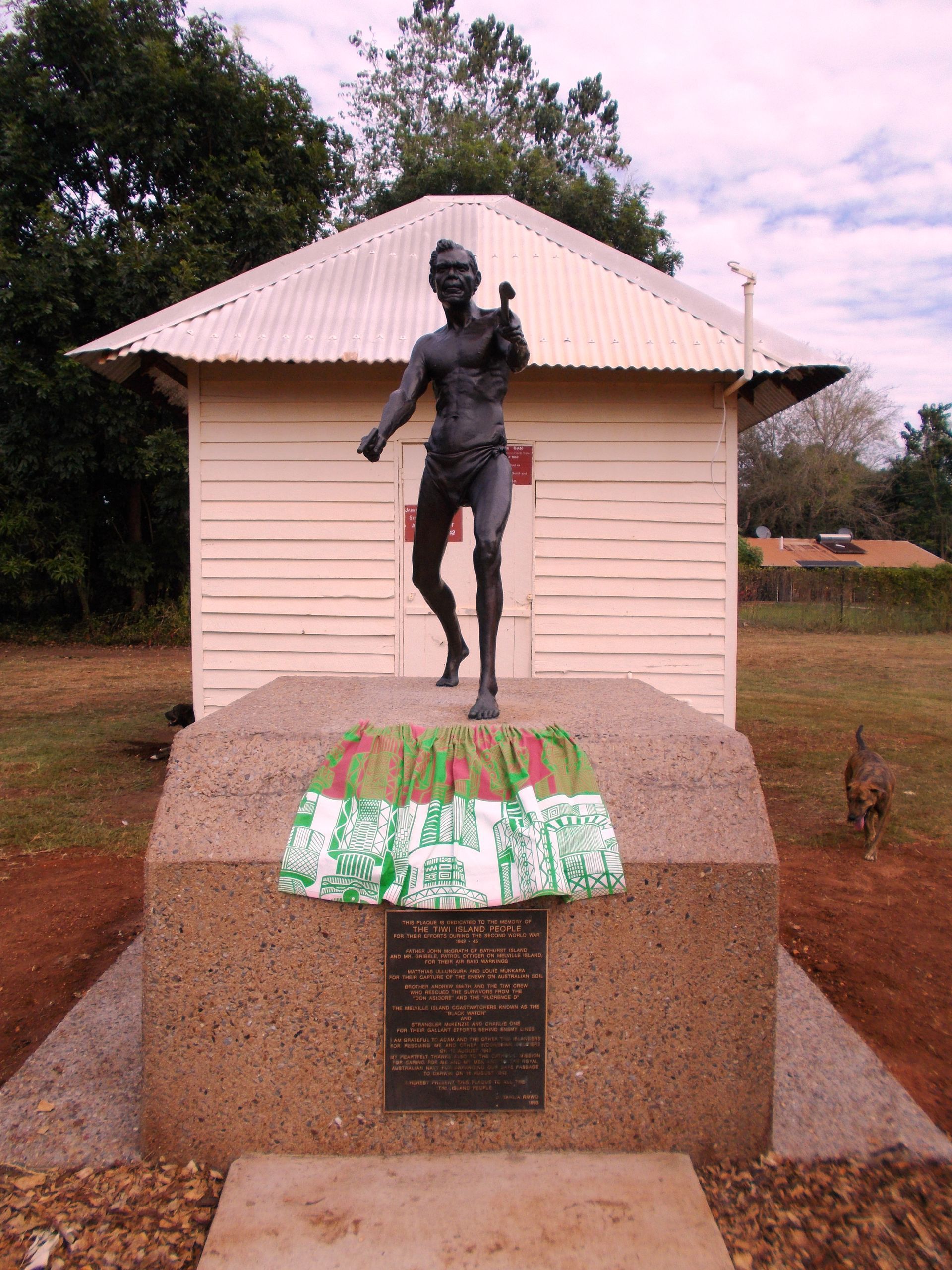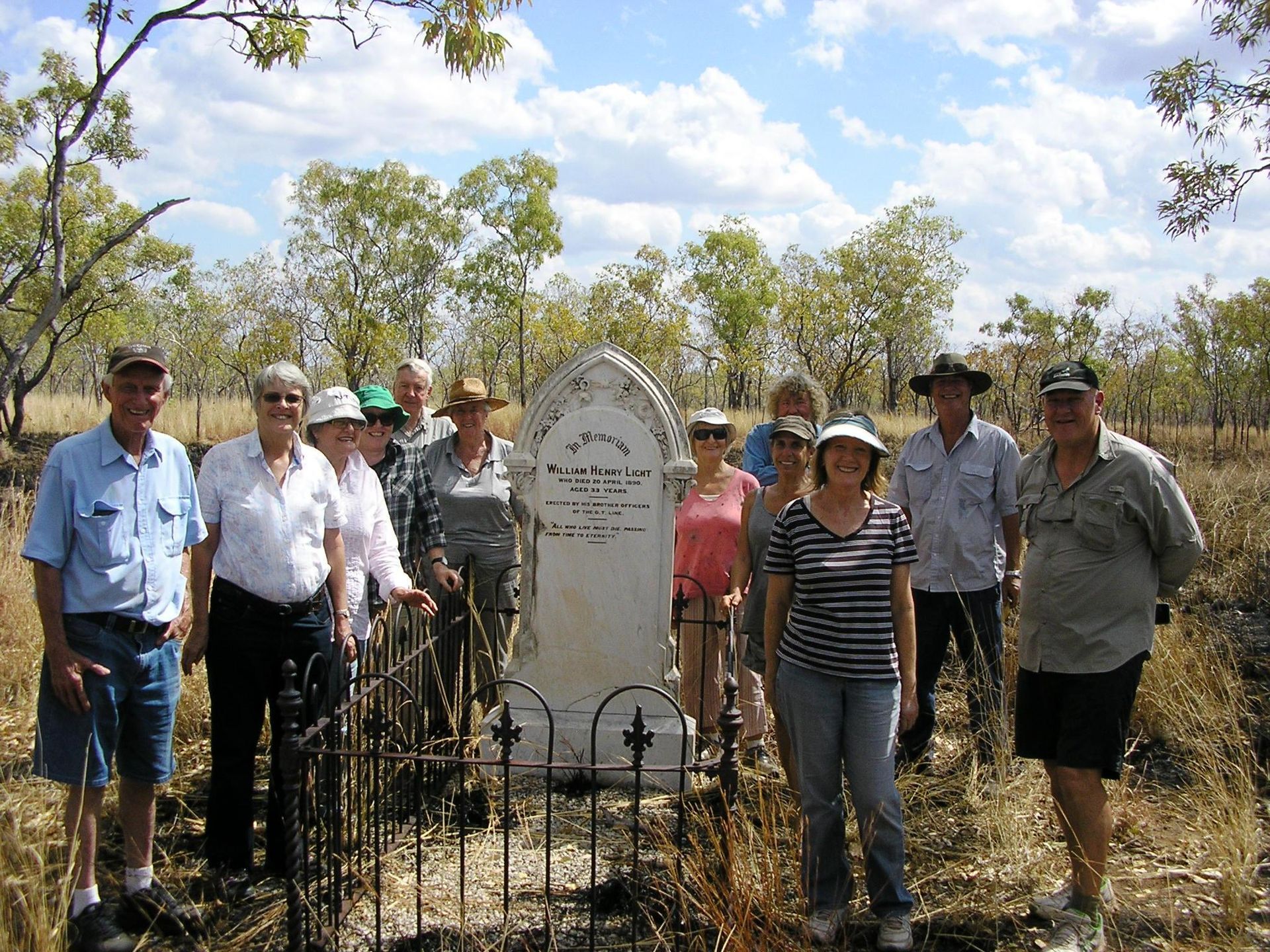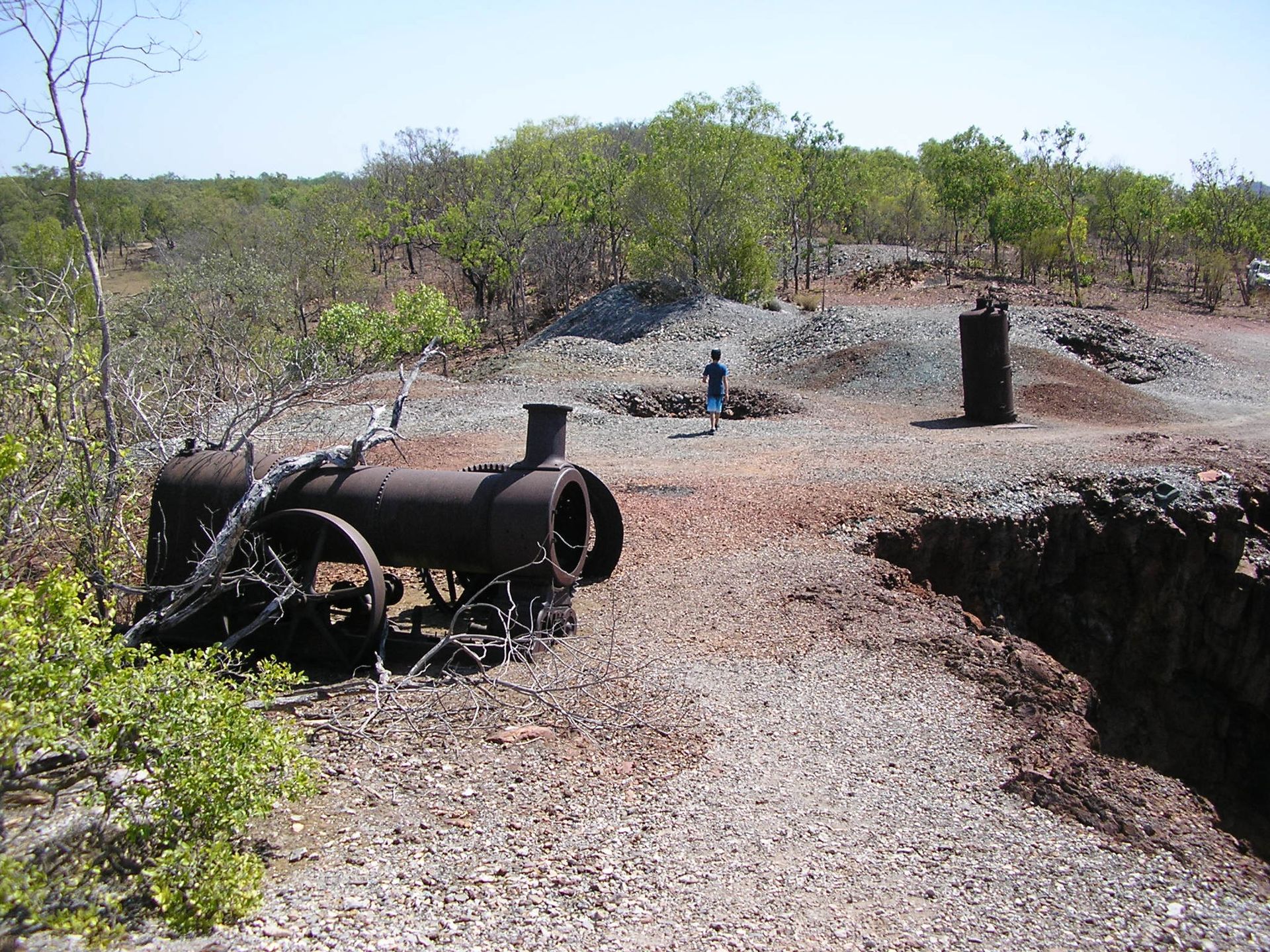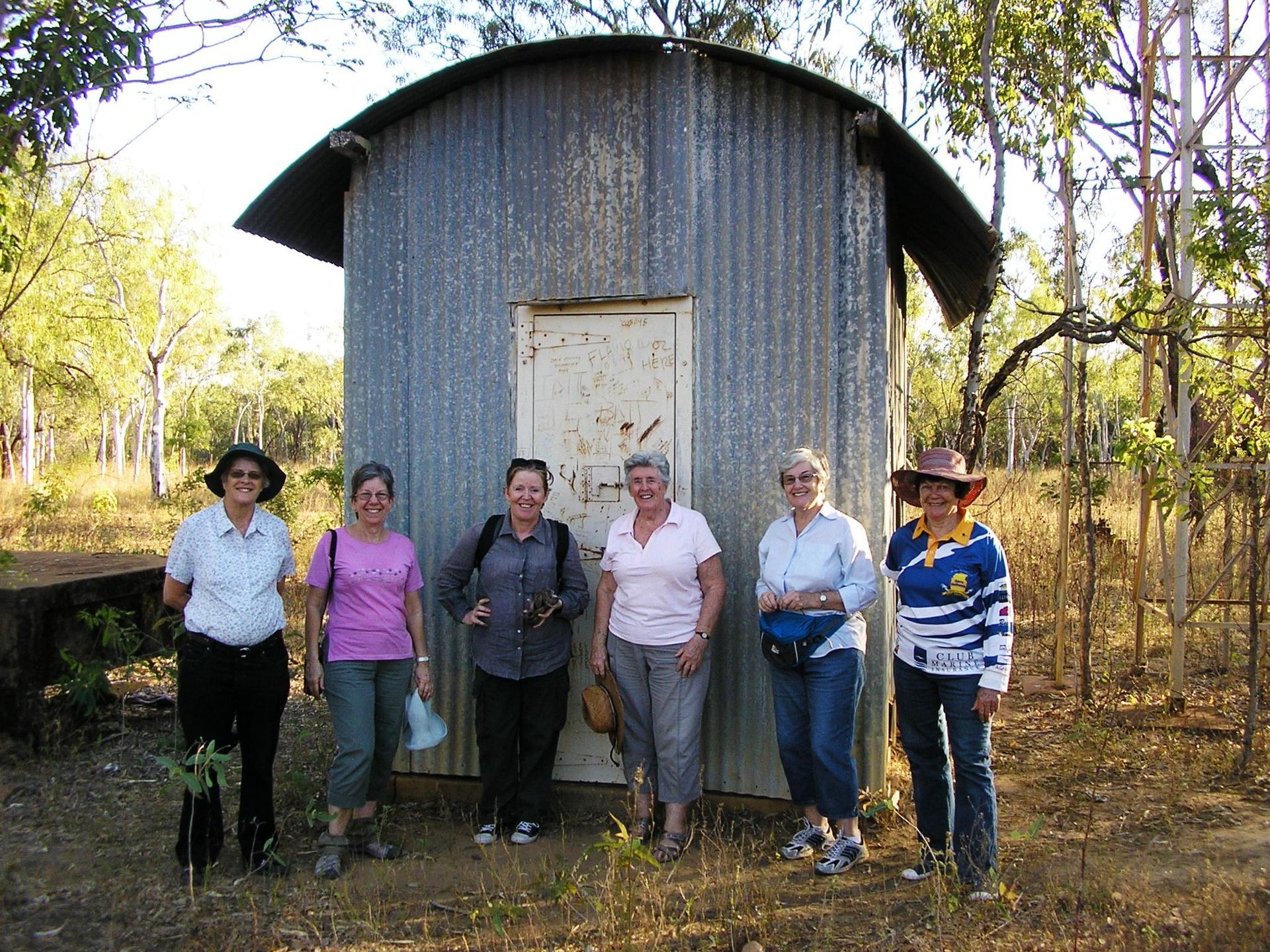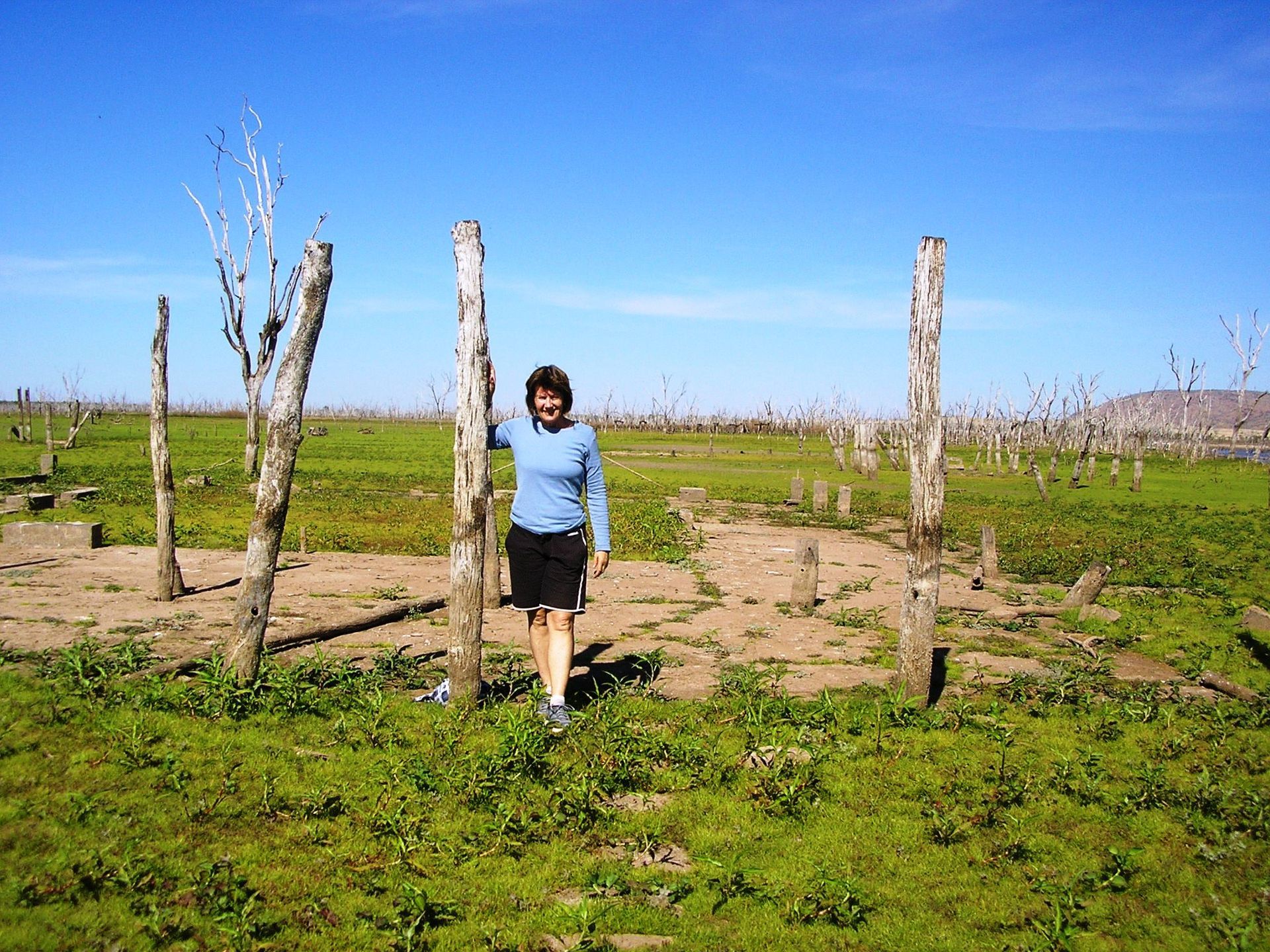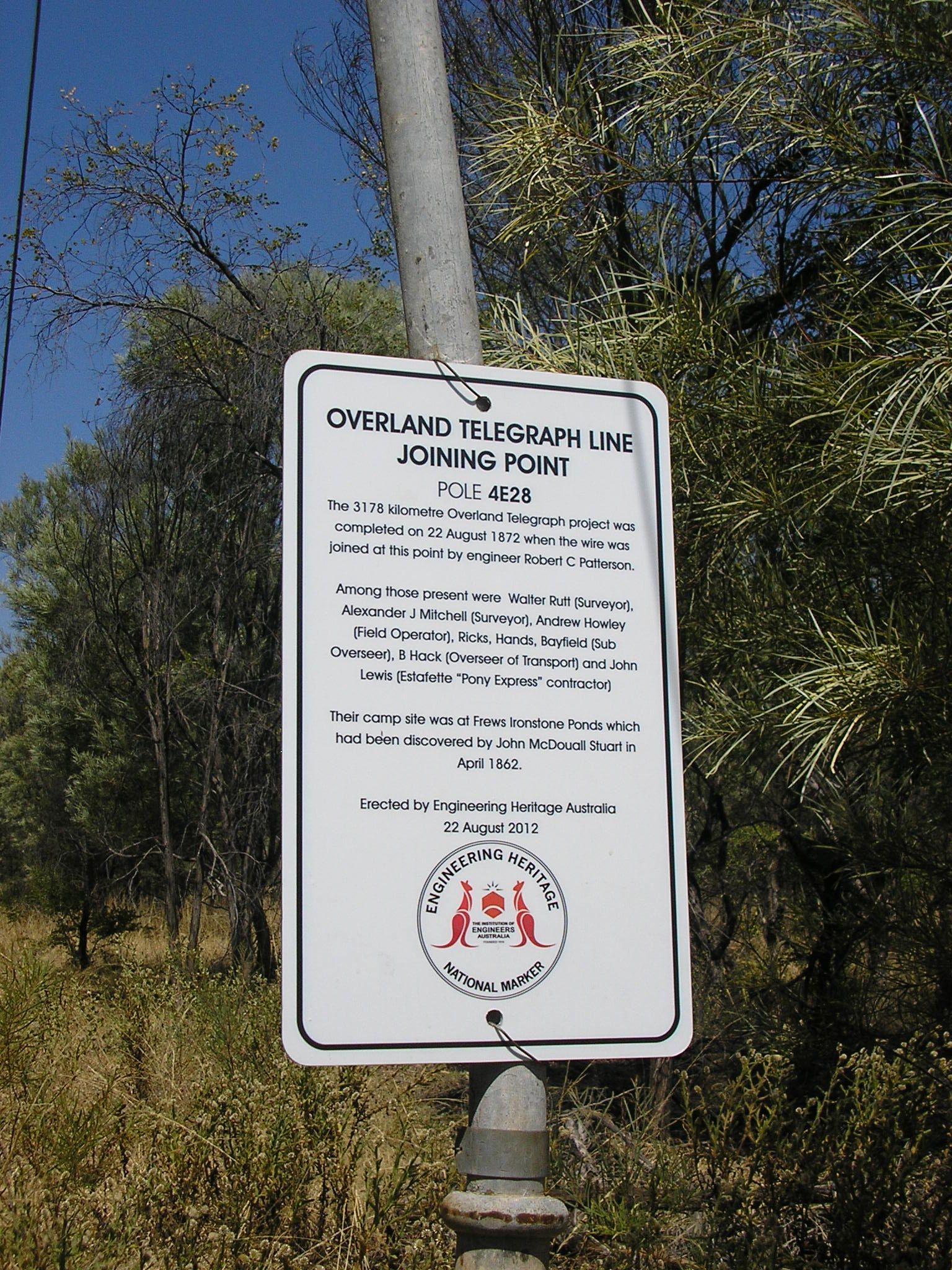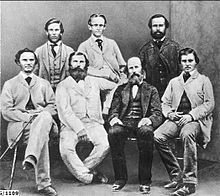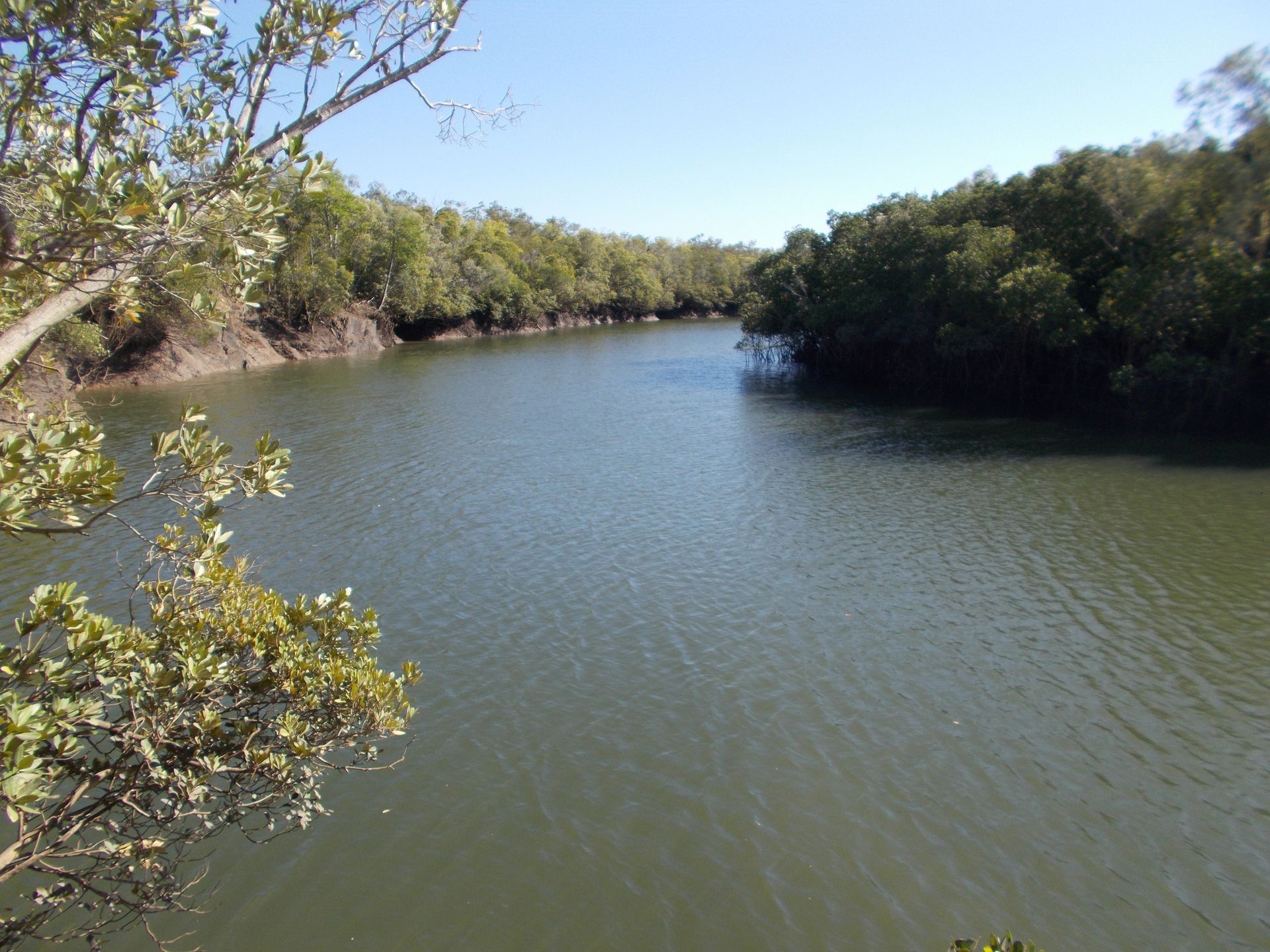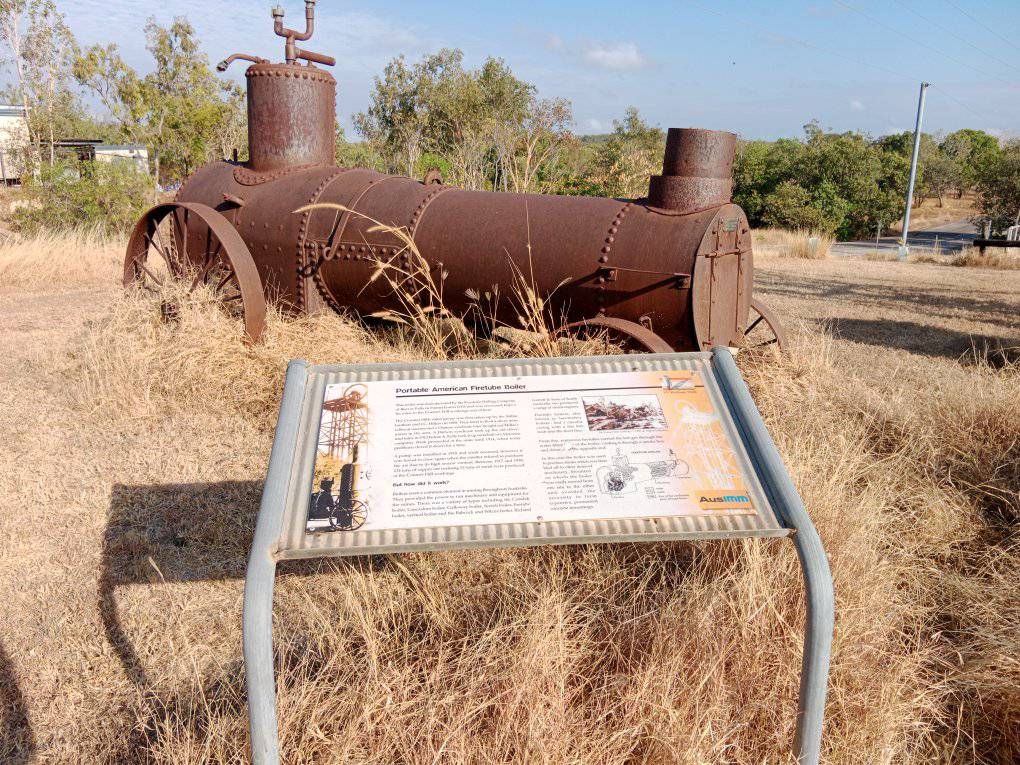Darwin people respond, congregation centres
At first light on Christmas morning suburban residents emerged from their mostly destroyed homes, their street of houses appeared no better. The only visible buildings still standing for many were the schools, particularly secondary schools. To these the people drifted with the little of their possessions they could find or carry.
Casuarina High School was typical and over the next few days became the biggest of such congregation centres with some 4 to 5 thousand people seeking refuge there. Within hours volunteers made the centre work. A clinic was established by local general practitioners with medicines and dressings brought in by residents. A child care centre was established so parents could assist with the running of the centre or return to their homes to retrieve things that may be useful. A community kitchen was soon operating with gas bottles brought in and frozen food retrieved from refrigerators. A large communal pit latrine was constructed by workers at the centre with retrieved equipment. A trench was also dug for garbage. A refuge for pets was created. Organised gathering of rain water was commenced. Later that day a convoy of still functioning vehicles was assembled to try and find a way through to the hospital with the seriously injured.
By the second day Government authorities were in action in Darwin’s centre and the congregation centres became an essential part of the response to the devastation. Food and medicines were soon being distributed. Preventive immunisations for tetanus and typhoid were made available from them. Cataloguing of people camping at the centres was begun.
For many people in the suburbs of Darwin, shelter, food, water and sanitation were not otherwise available and unlikely to be for some considerable time. This became an important part of the decision to temporarily evacuate the city.
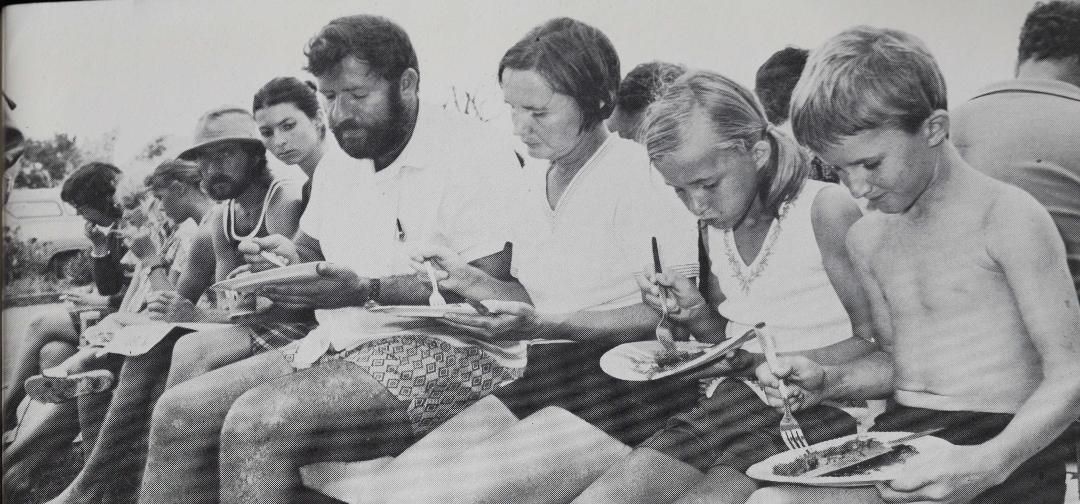
Illustration; Communal feeding at Casuarina High School.
(Health, Journal of the Australian Department of Health, vol 25, no. 2, 1975)
